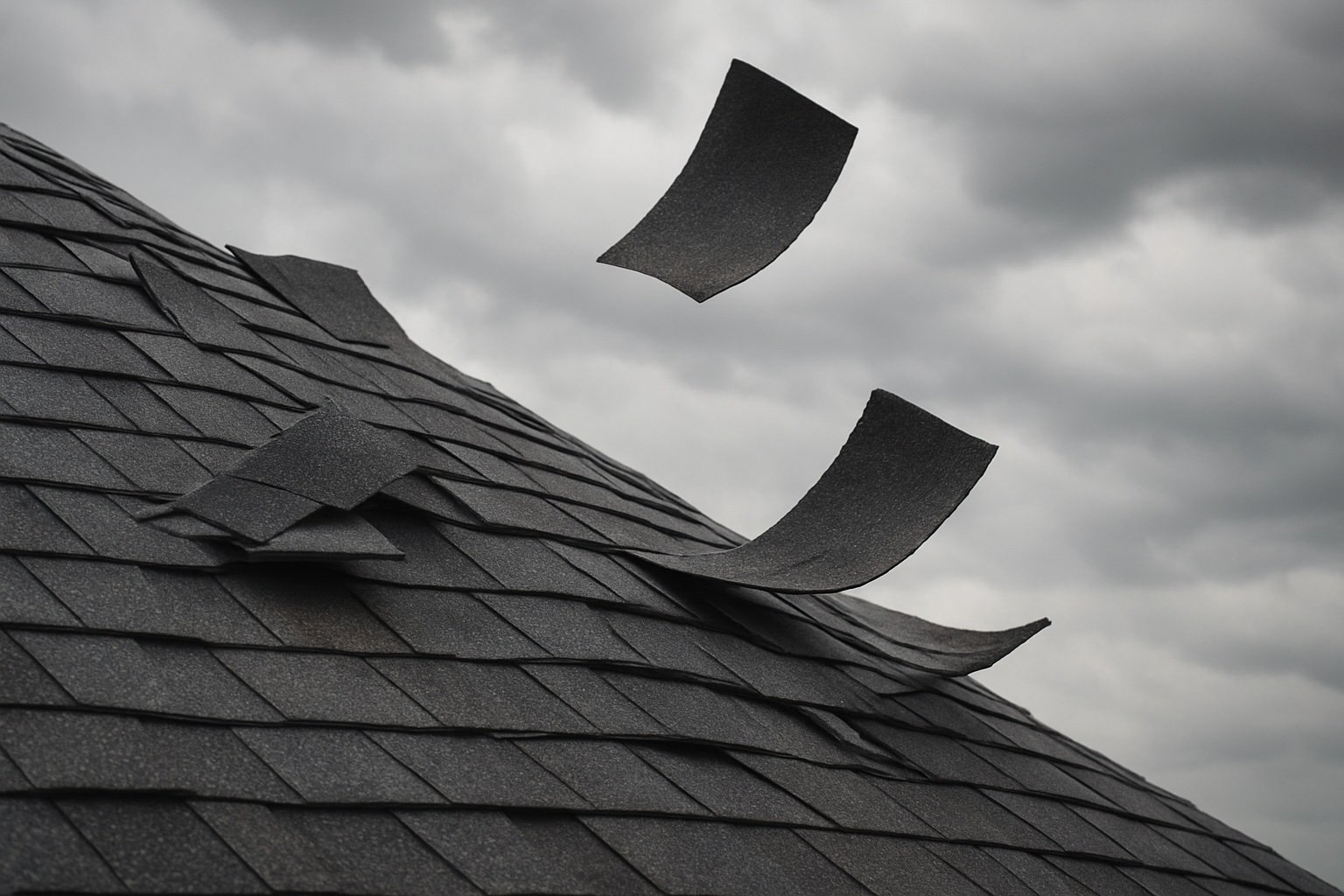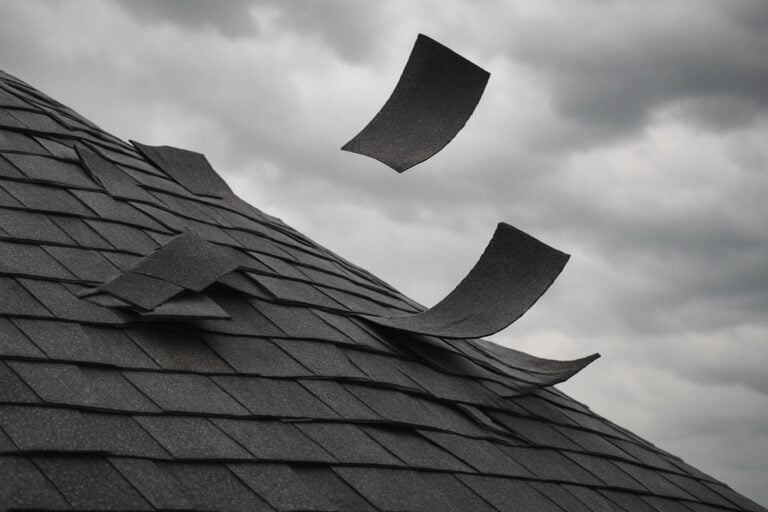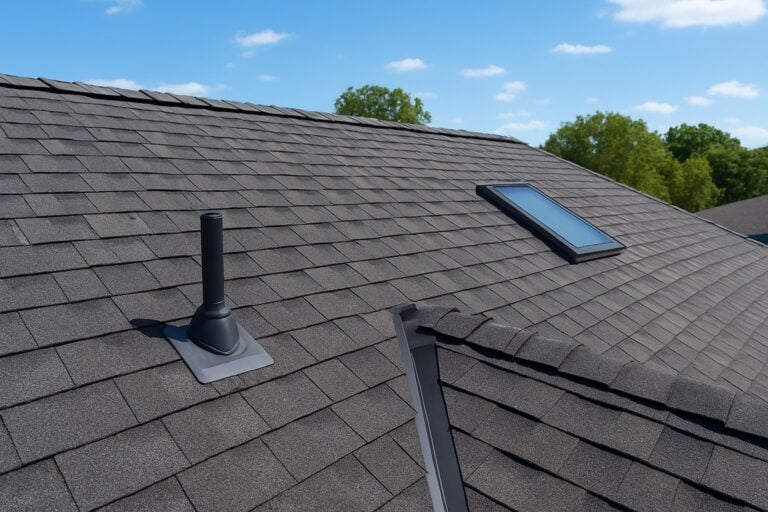Steadfast Roofing in Riverview, FL, delivers exceptional, detail-oriented strategies to protect your roof against wind damage. With our proven techniques and industry expertise, we guide you through everything you need for top-tier wind resilience.
Understanding Wind Threats to Your Roof
High winds exert both uplift and lateral pressure on roofing systems. Uplift force can literally lift your roof off its structure, while lateral wind may strip shingles, loosen flashing, or pry off fascia. Building code enhancements and proactive reinforcement are vital for safeguarding homes against sustained storm-force winds.
Choosing Wind-Resistant Roofing Materials
Metal Roofing (Standing Seam)
Ideal for high-wind zones, standing seam metal roofs stand firm even against severe gusts when installed with reinforced clips and fasteners.
Impact-Resistant Shingles & Roofing Systems
Upgrading to Class 4 impact-resistant shingles or fortified roof assemblies significantly enhances durability against both hail and wind, and may also qualify for insurance discounts.
Rubber Shingles & Synthetic Systems
Rubber-based roofing materials offer exceptional impact resistance and wind uplift protection, thanks to interlocking systems and flexibility.
Structural Reinforcement Strategies for Extraordinary Stability
- Hurricane Straps & Clips: These fasteners securely connect roof trusses to the walls, significantly enhancing uplift resistance.
- Reinforced Fasteners: Using ring-shank nails instead of smooth nails increases holding power in high-wind conditions.
- Anchoring the Roof to the Foundation: Structural anchoring through walls to the foundation enhances survivability under heavy wind loading.
Roof Design Considerations That Minimize Wind Impact
- Hip Roofs vs. Gable Roofs: Hip roofs, with aerodynamic slopes on all sides, outperform gable roofs in resisting wind.
- Geodesic or Dome Structures: These round or multi-faceted designs disperse wind pressure, lowering overall stress on the roof.
Maintenance Tips That Prevent Wind Damage
- Regular Inspections: Look for loose or missing shingles, lifted flashing, or sagging rooflines.
- Secure Flashing & Seals: Maintain tight seals around chimneys, vents, and skylights.
- Trim Trees & Clear Debris: Overhanging branches can impact or wear roof surfaces; debris can trap moisture or damage materials.
- Clean Gutters & Drainage: Blocked gutter systems cause water buildup and increase the risk of wind-related damage.
Insurance Benefits & Cost Savings
Investing in wind-resistant roofing—like fortified systems, new shingles, or reinforced strapping—often qualifies for insurance discounts. These enhancements reduce long-term risk and repair costs.
Summary Table: Wind-Proofing Elements
| Component | Purpose |
| Hip/dome roof designs | High wind resilience |
| Hurricane straps & ring-shank nails | Firm anchoring of the roof to the structure |
| Firm anchoring of the roof to structure | Aerodynamic resistance to wind pressure |
| Regular maintenance & trimming | Prevents incremental damage that compounds |
| Inspections & repairs | Address vulnerabilities before storms |
| Insurance-aligned enhancements | Faster ROI through premium reduction |
Conclusion
A wind-resistant roof combines smart material selection, structural reinforcement, well-engineered design, and proactive maintenance. These measures strengthen your home’s defense, reduce repair costs, and deliver long-term protection you can trust.
Read one of our latest blogs: “Exploring the Essential Elements of a Roofing System”.




